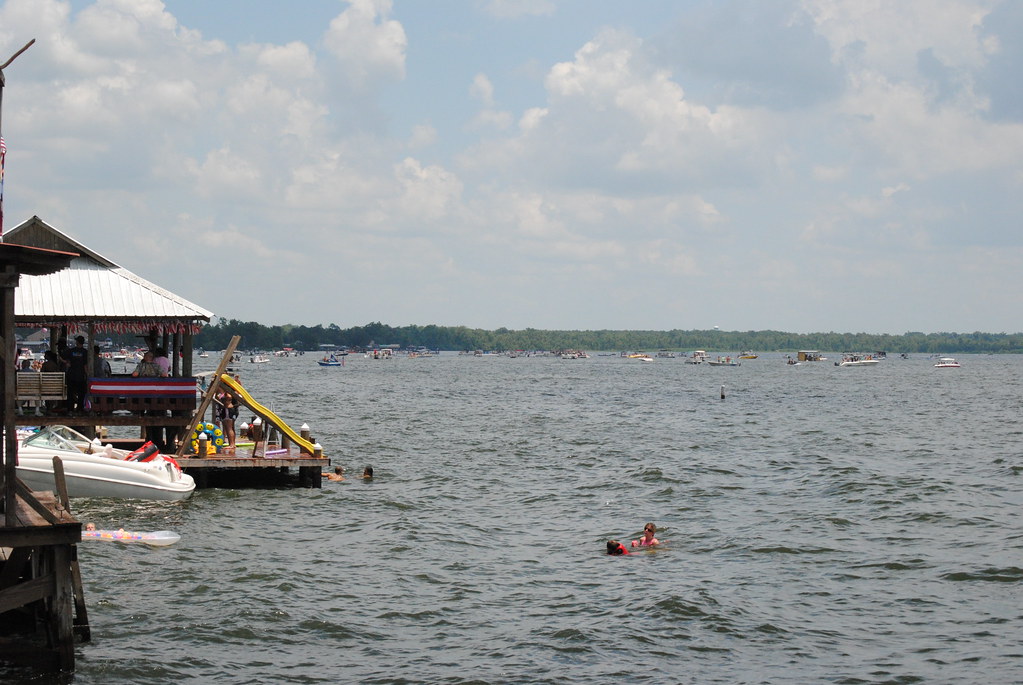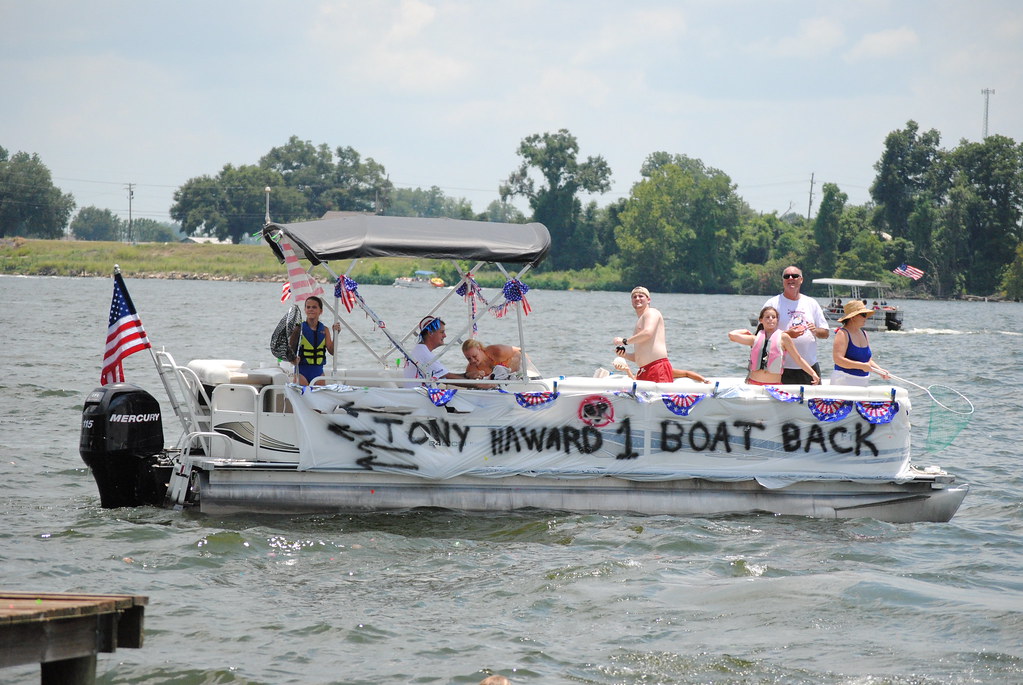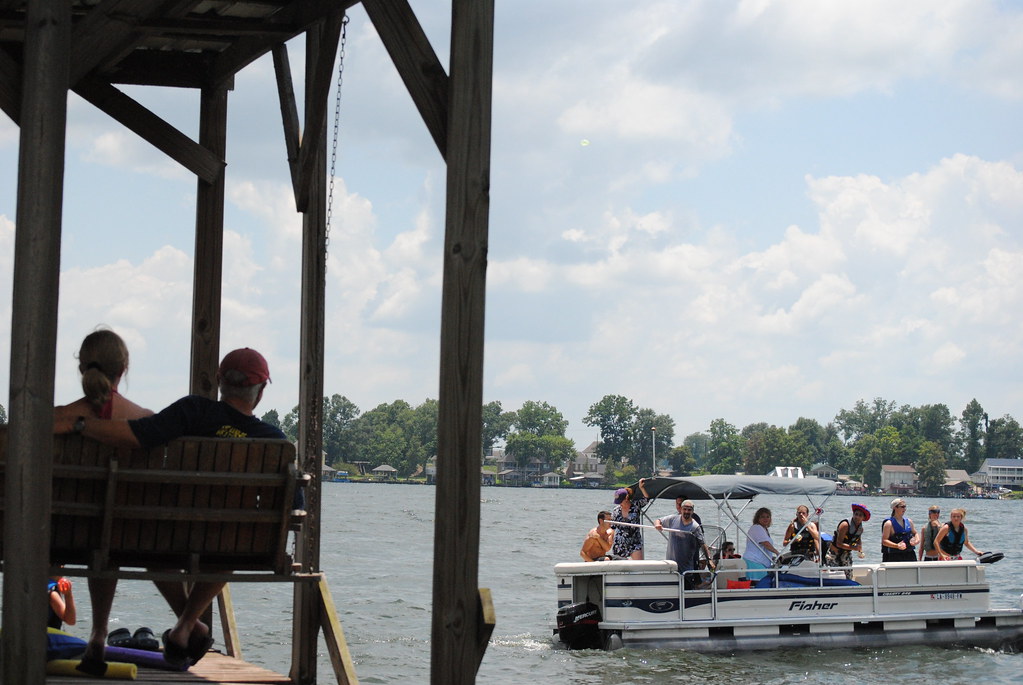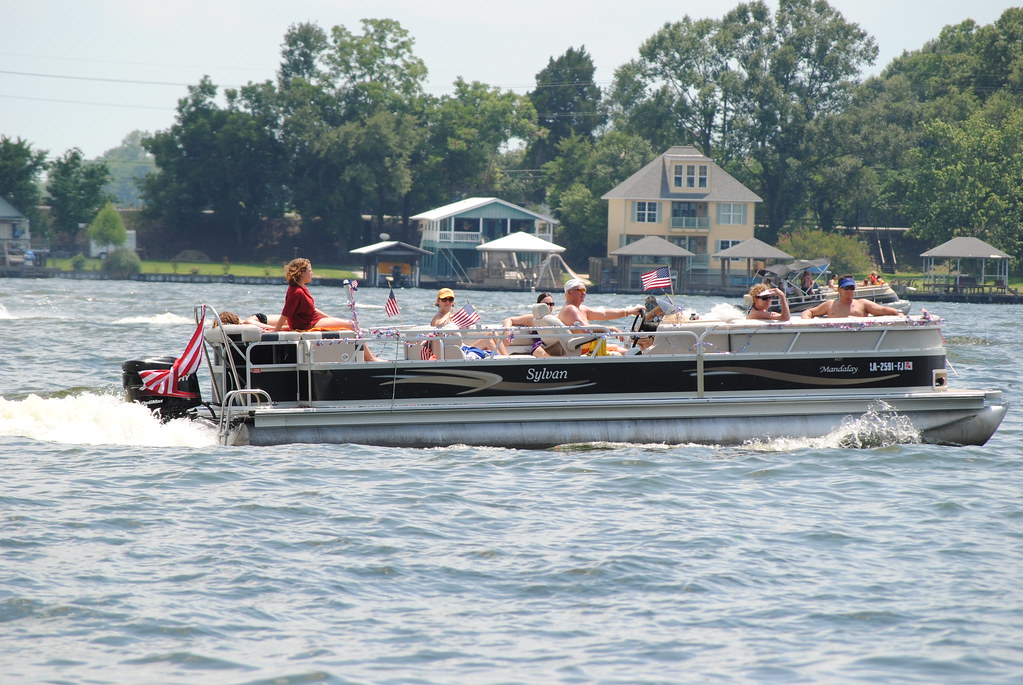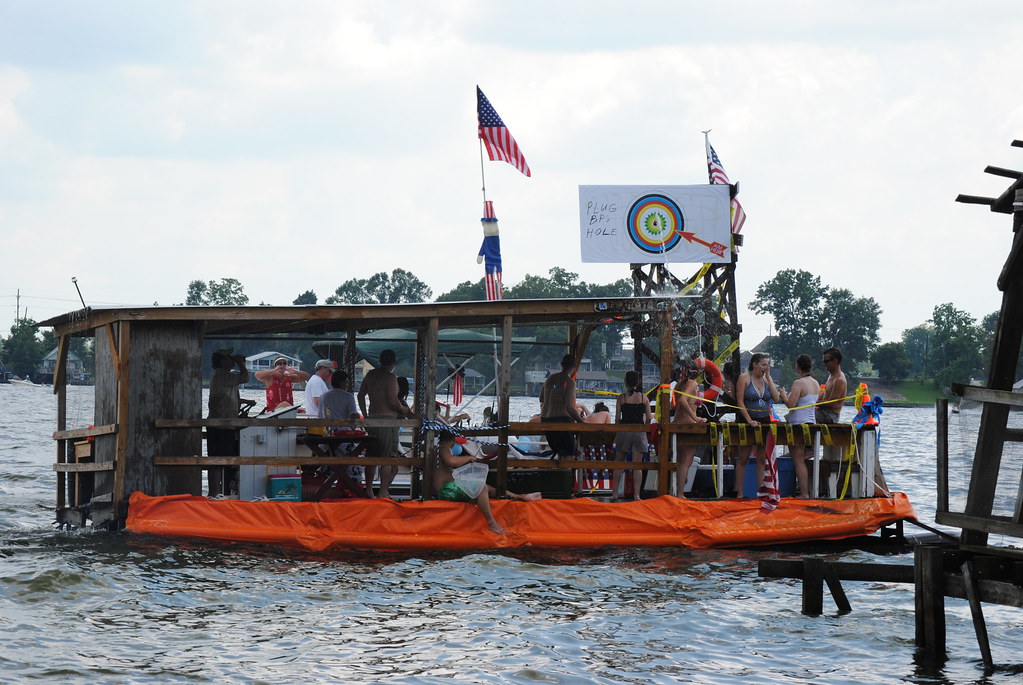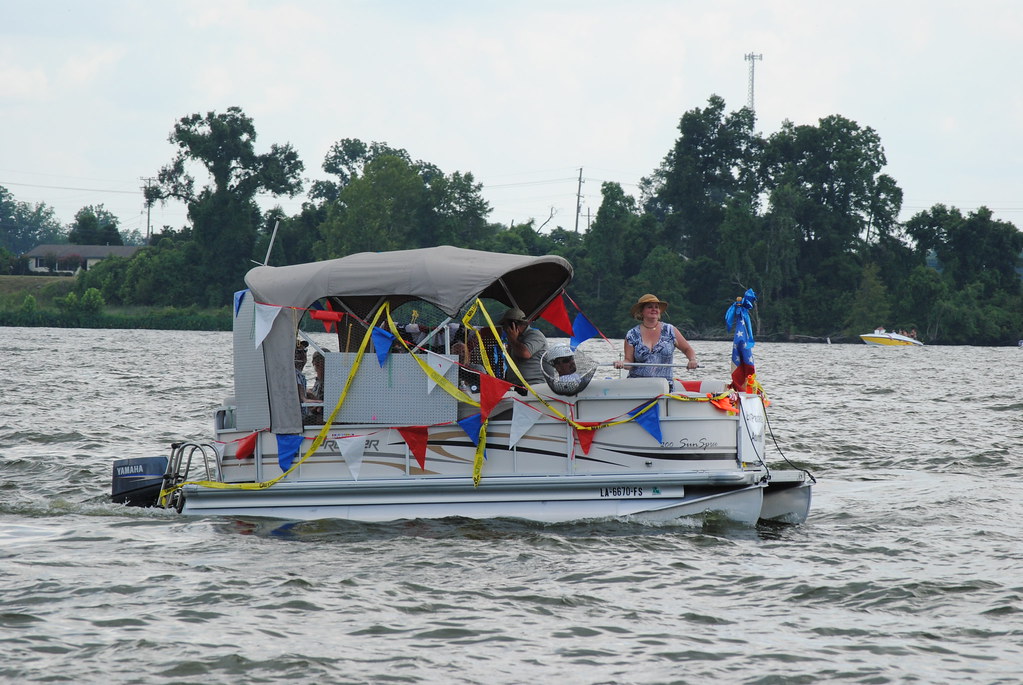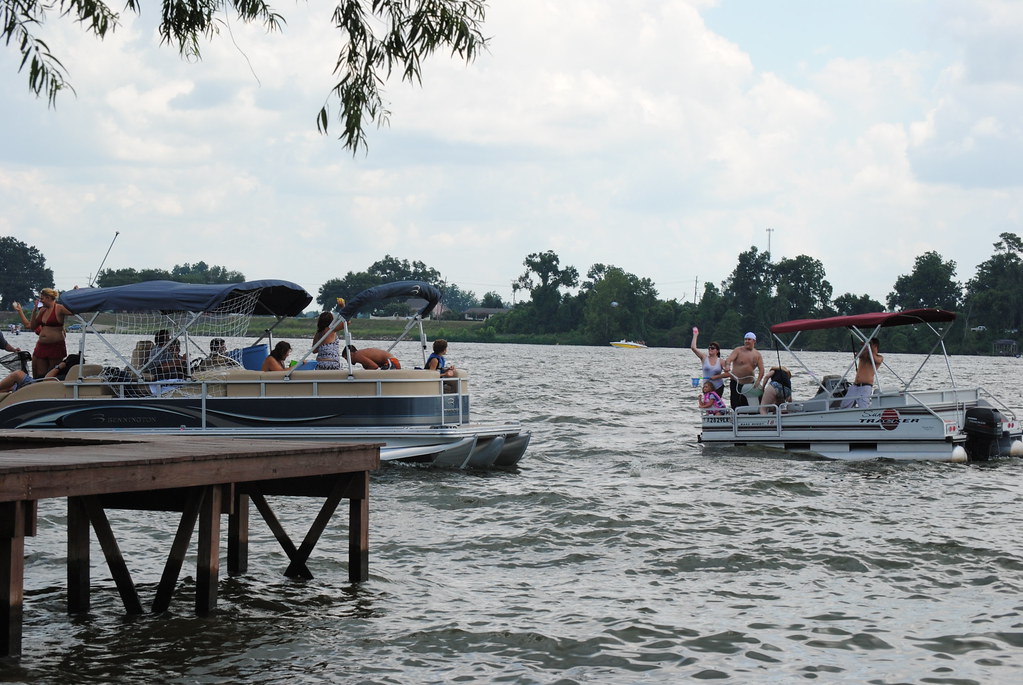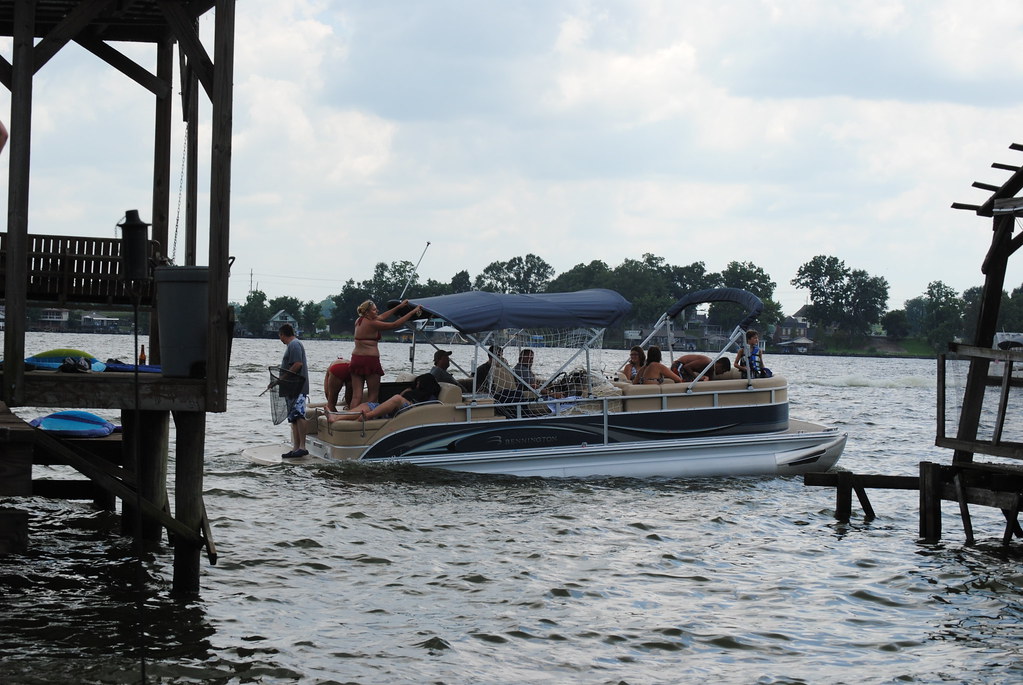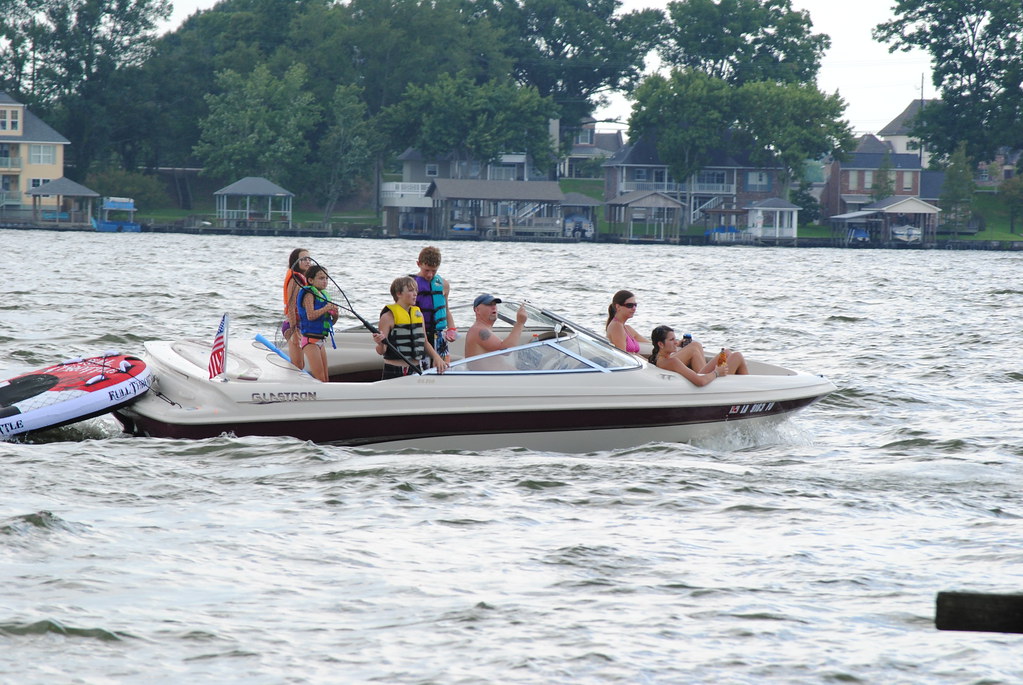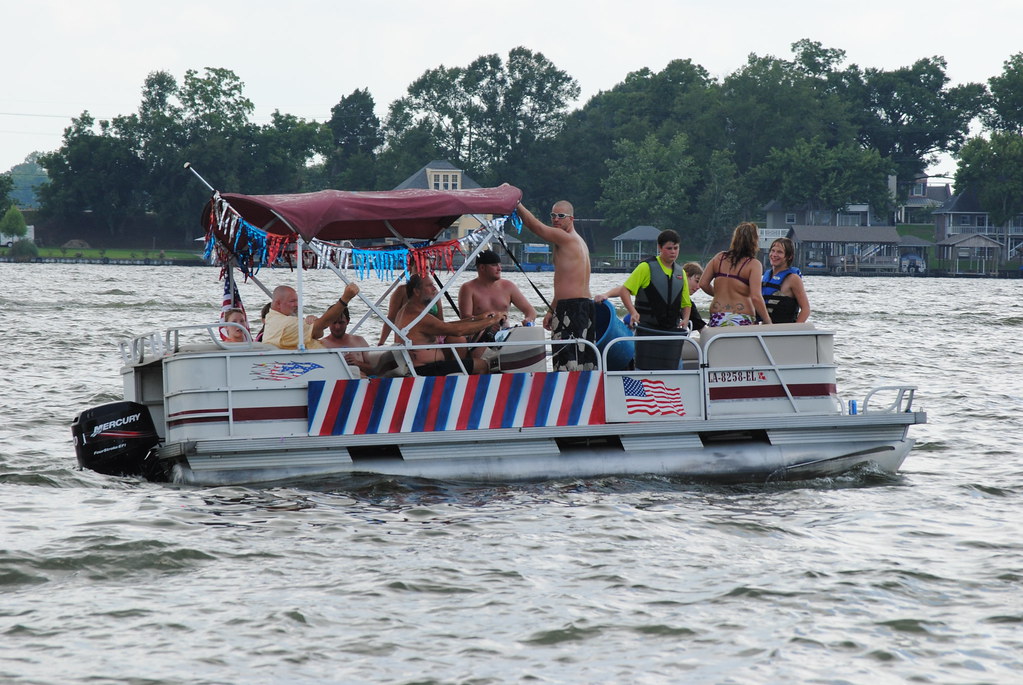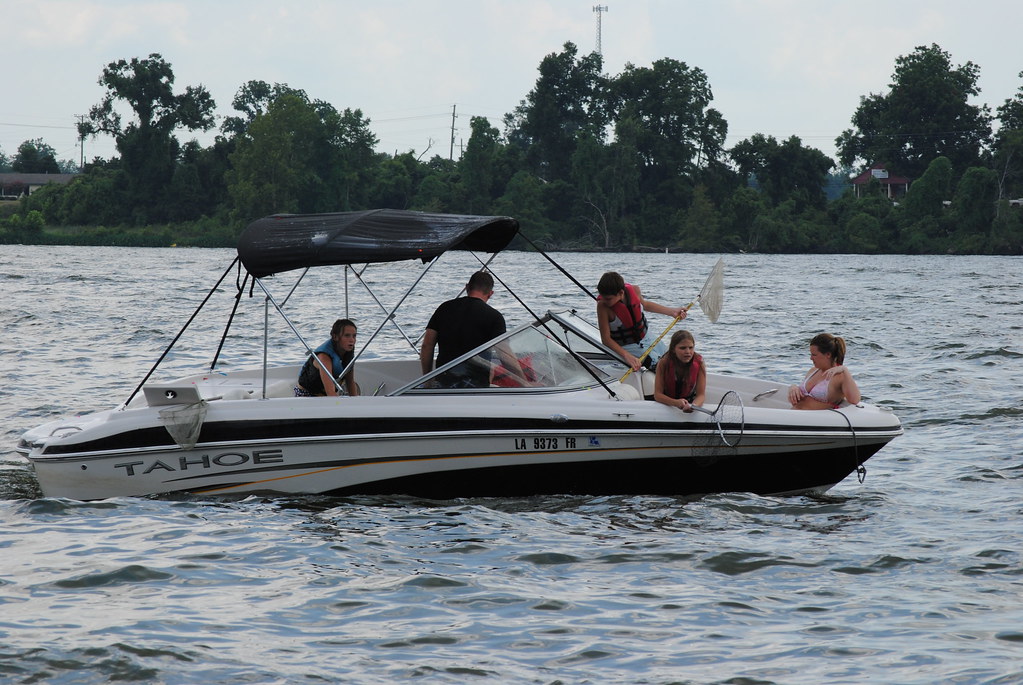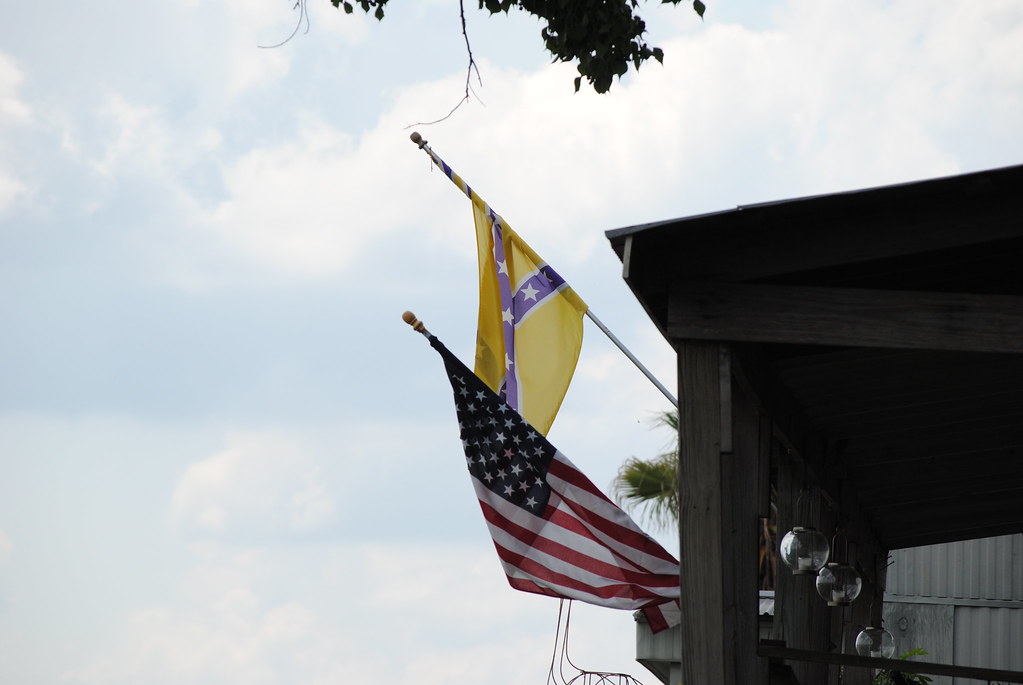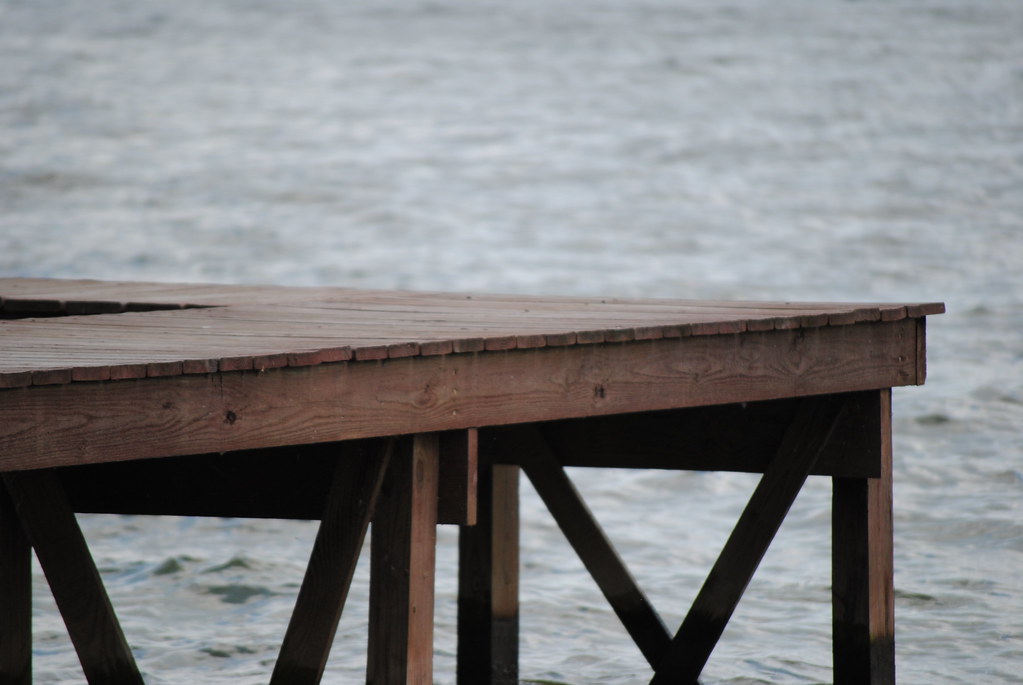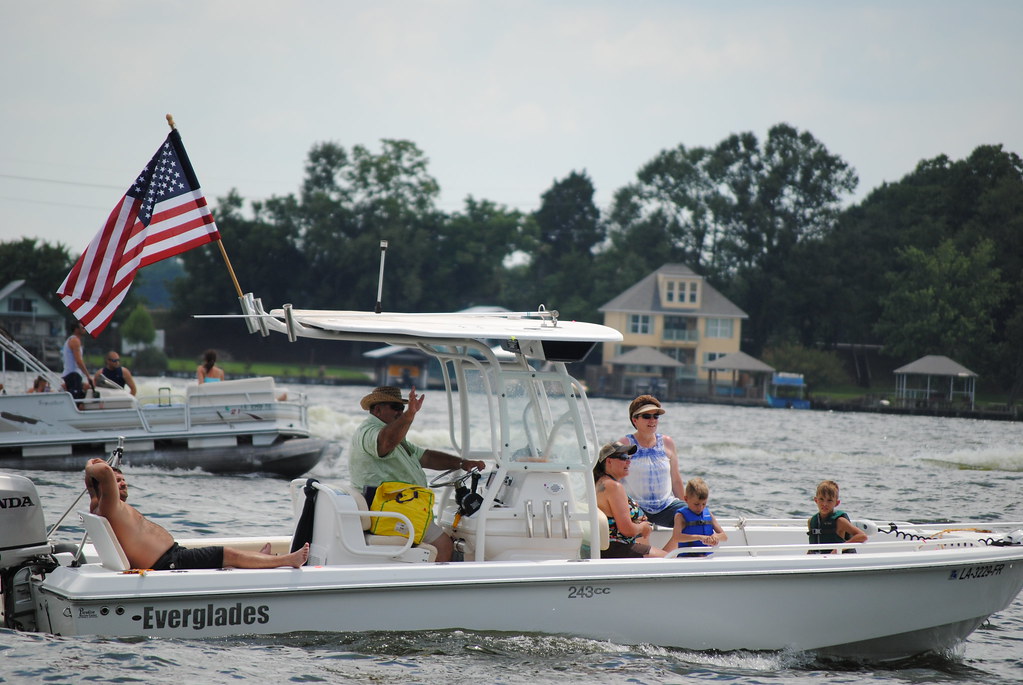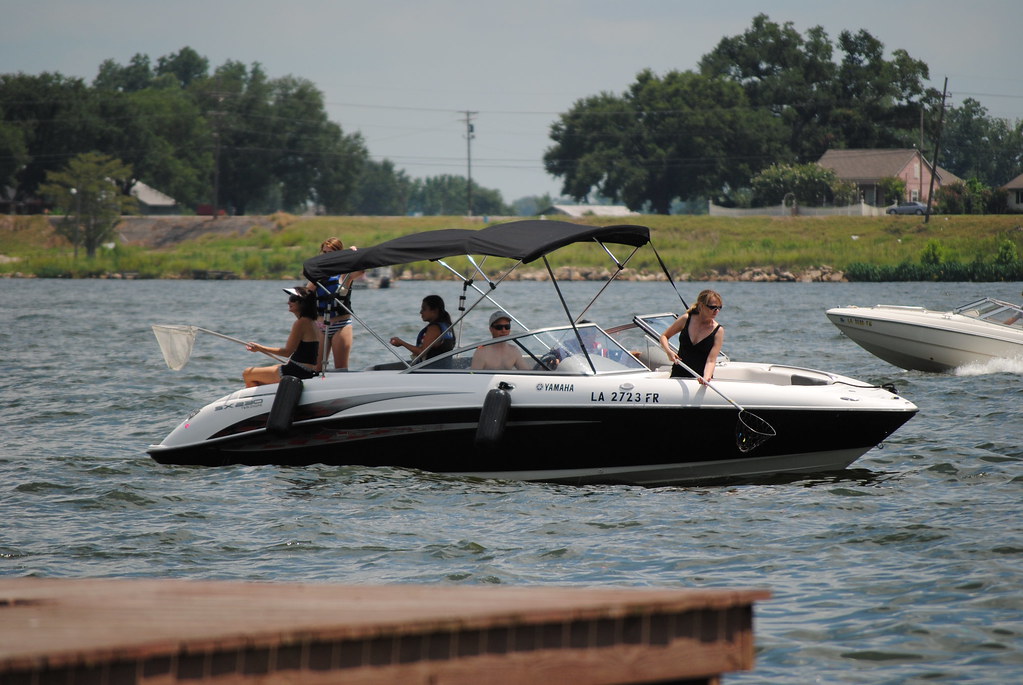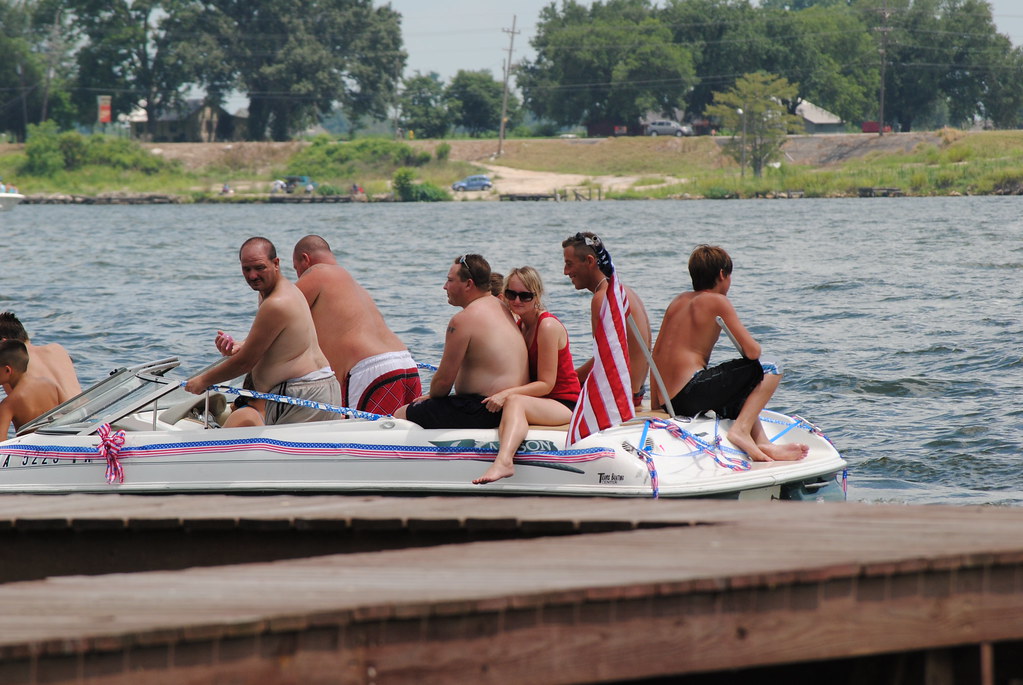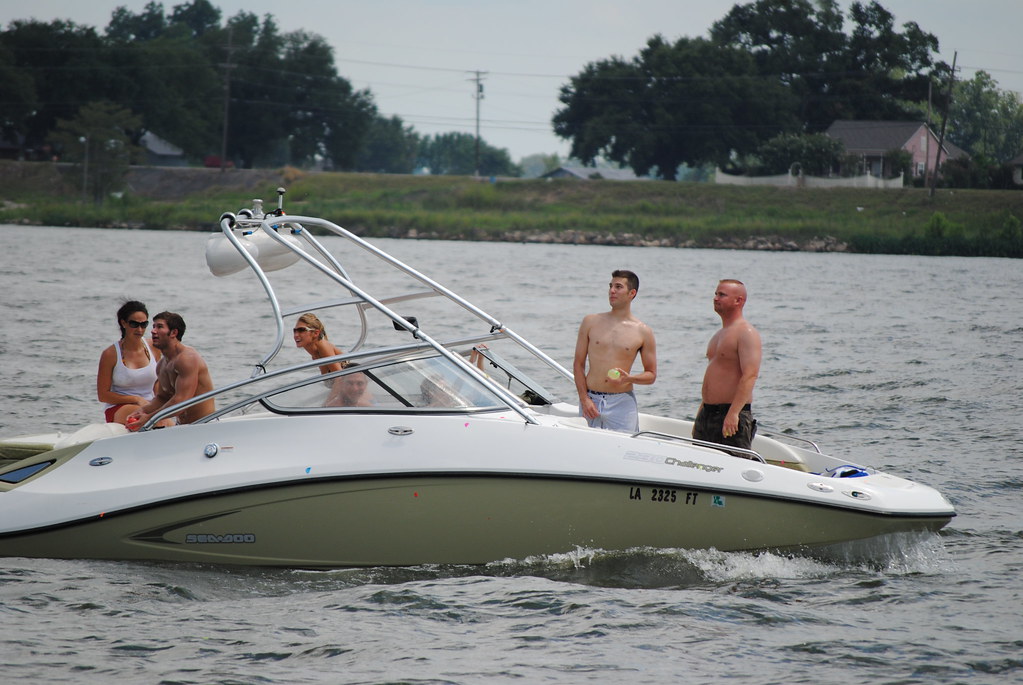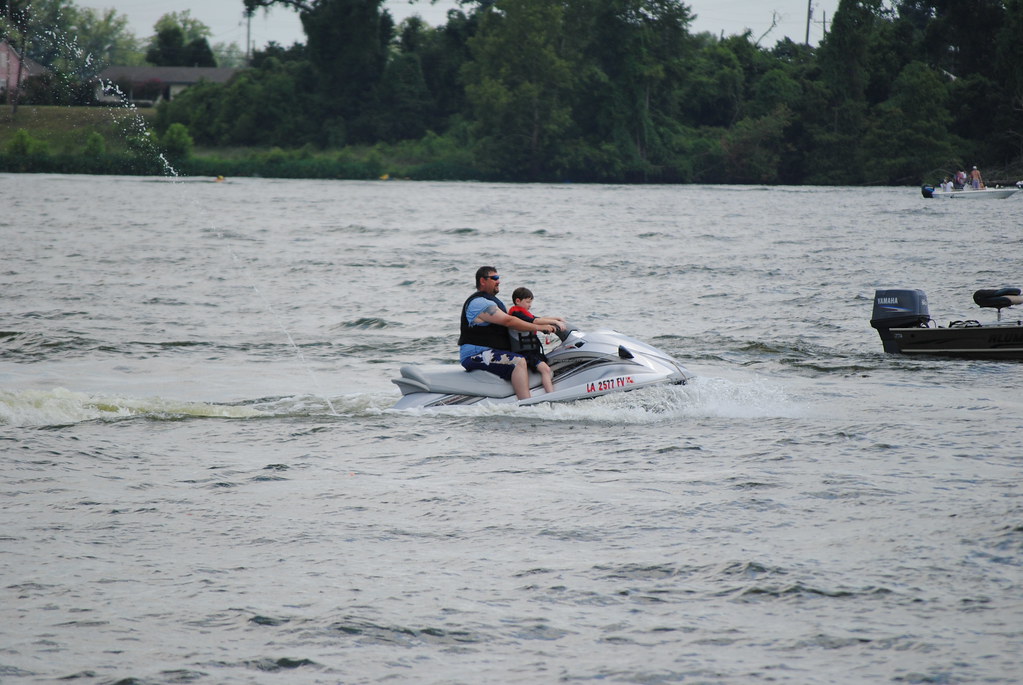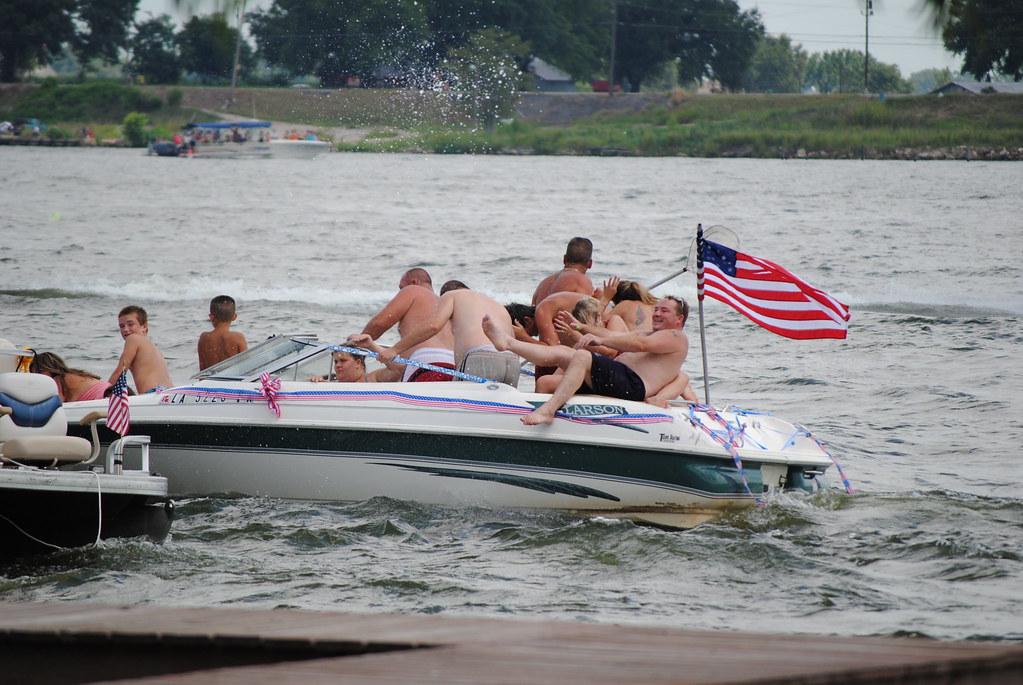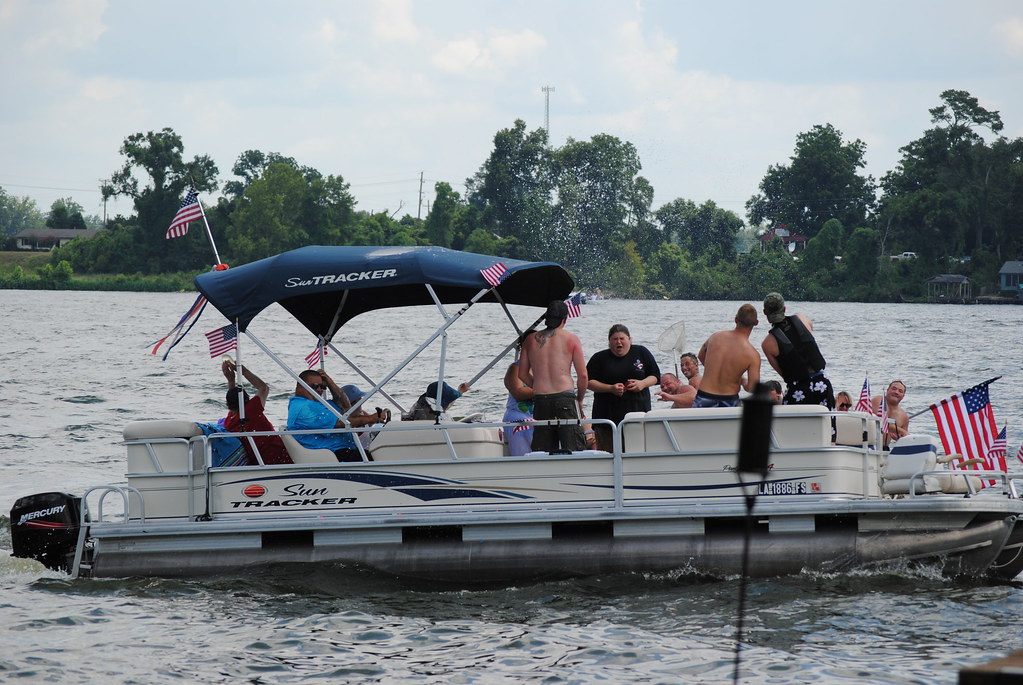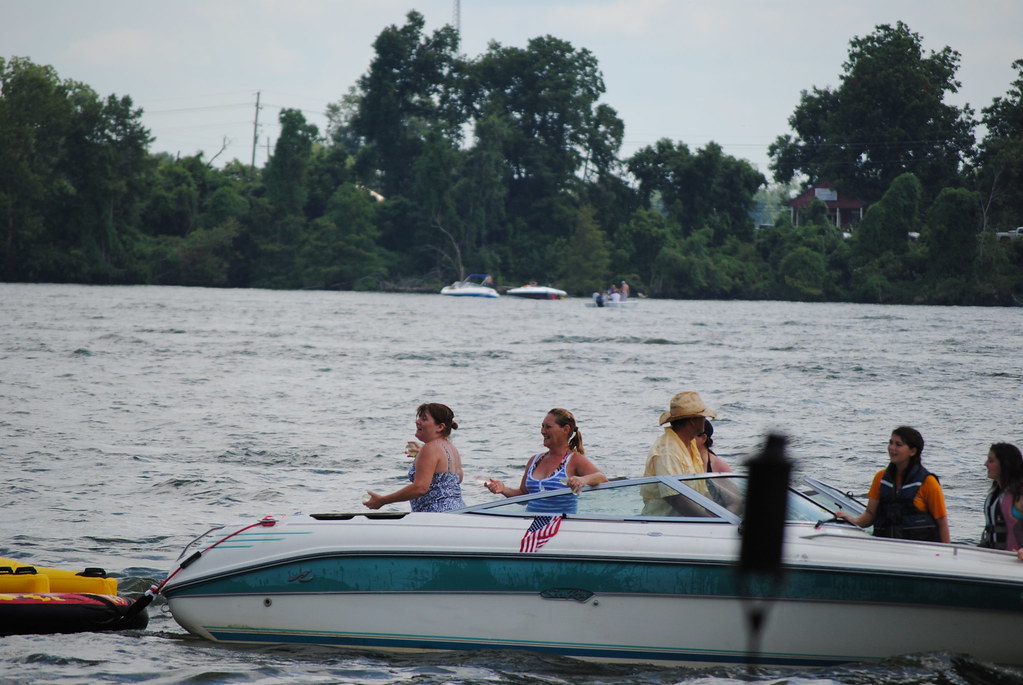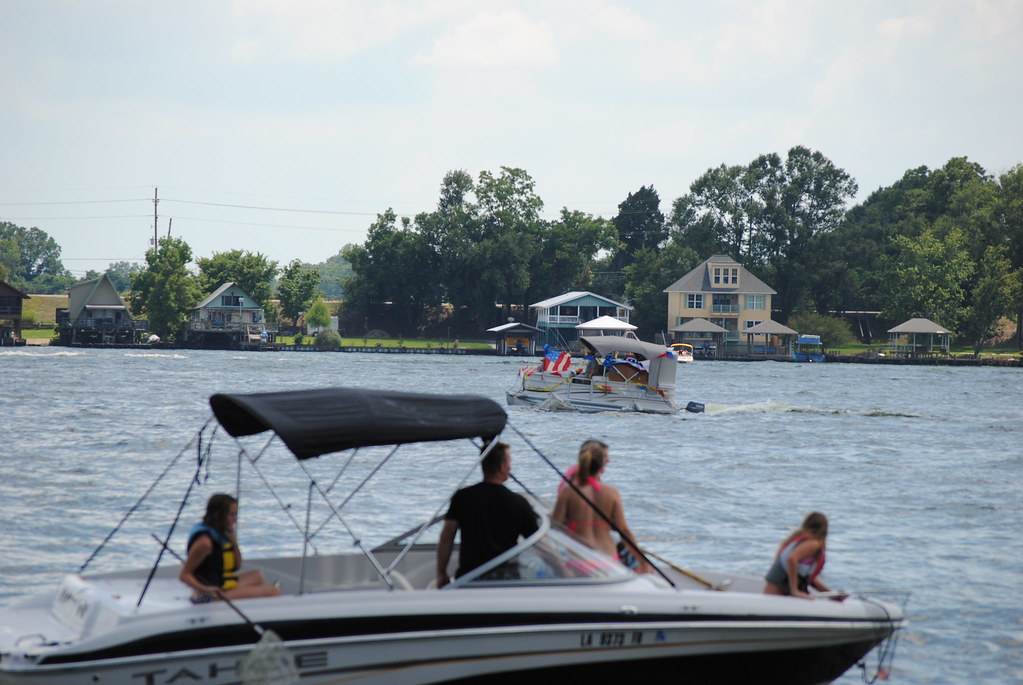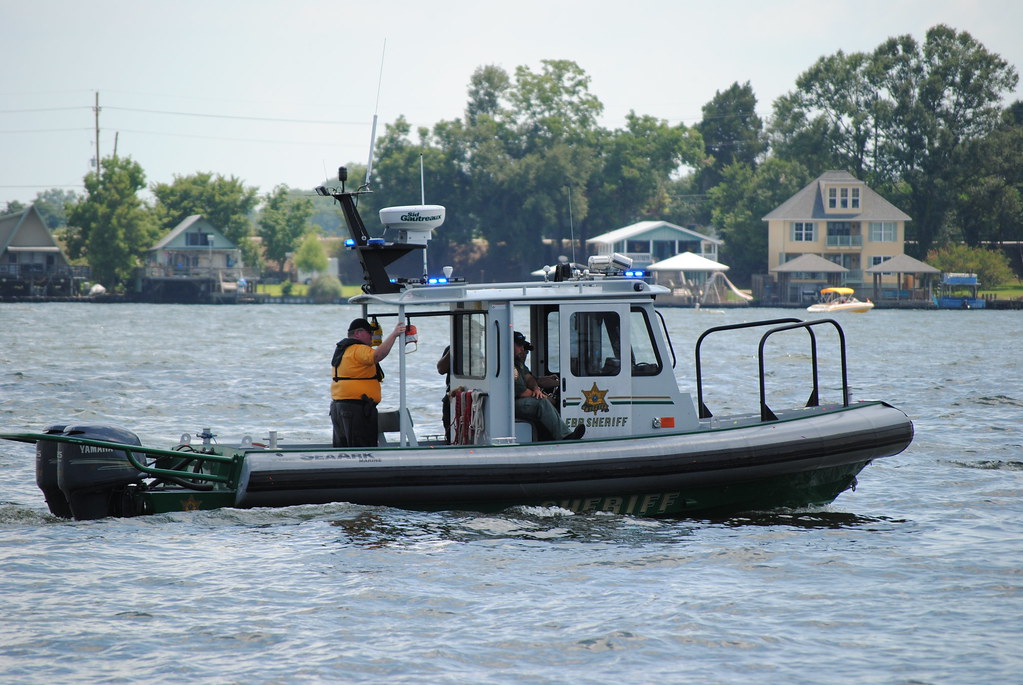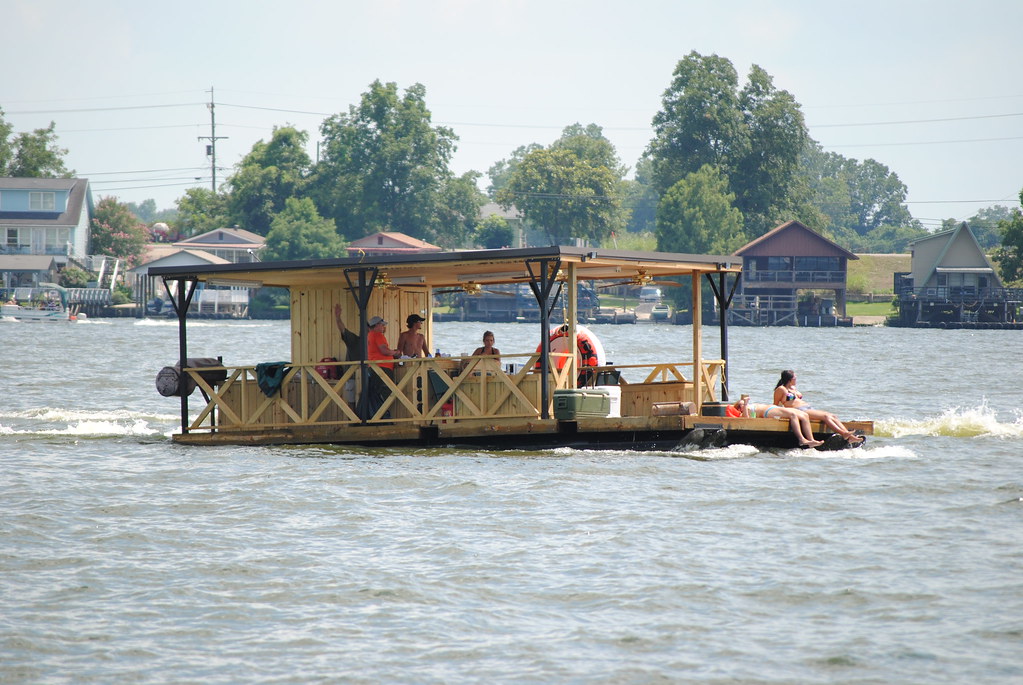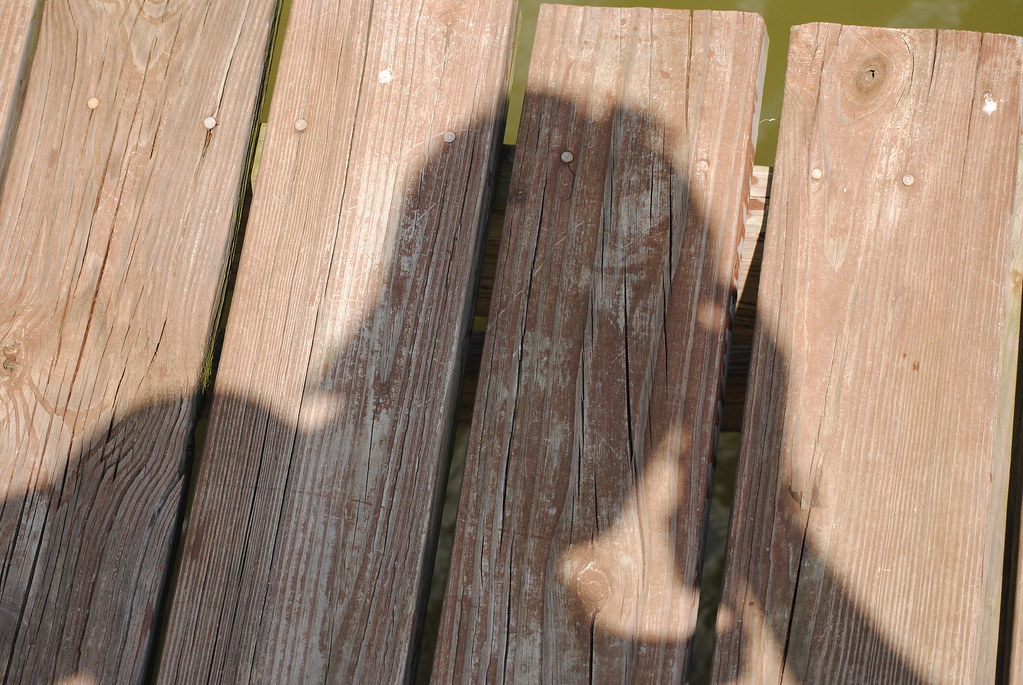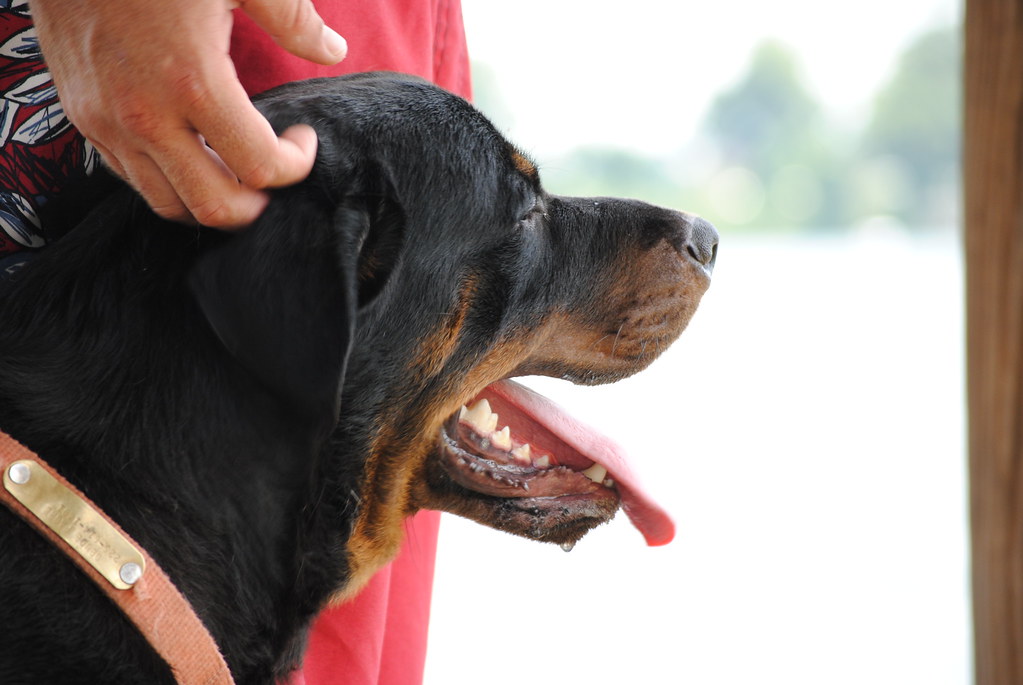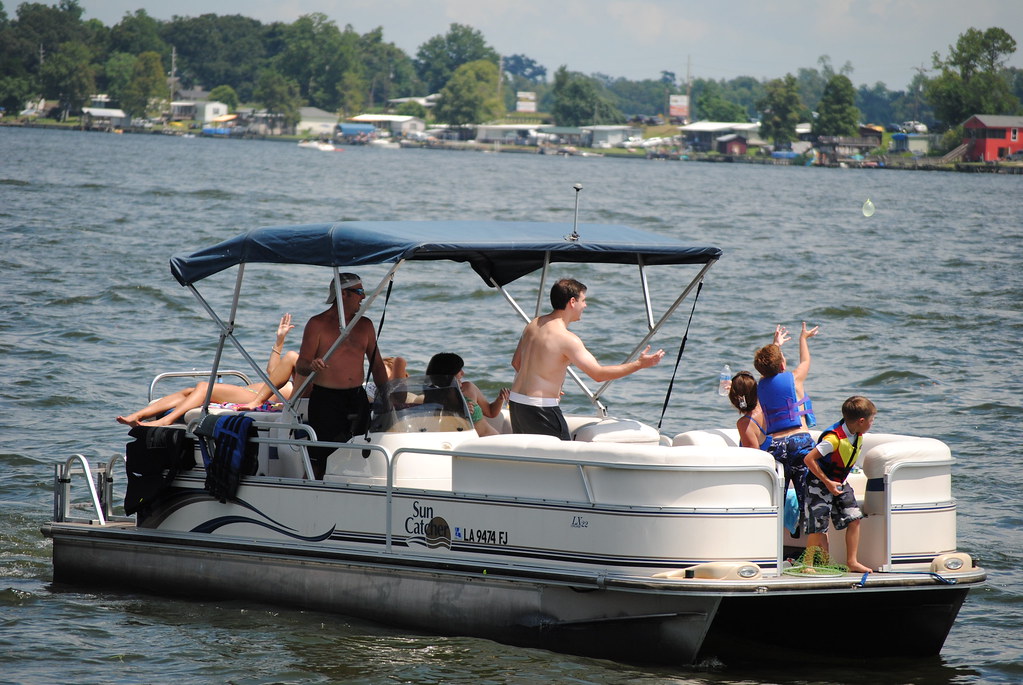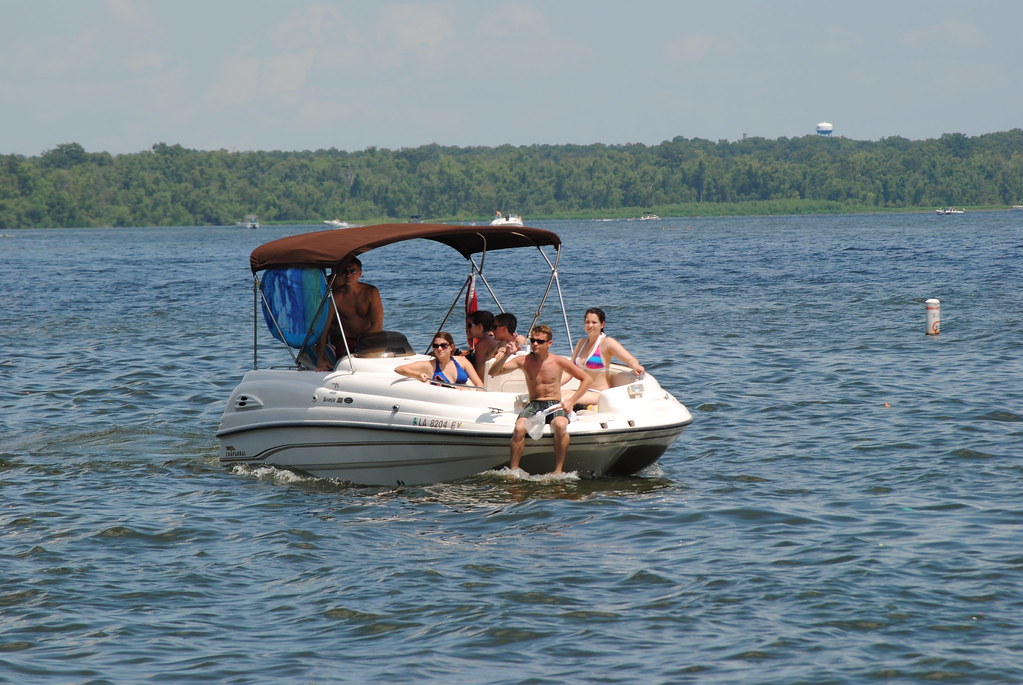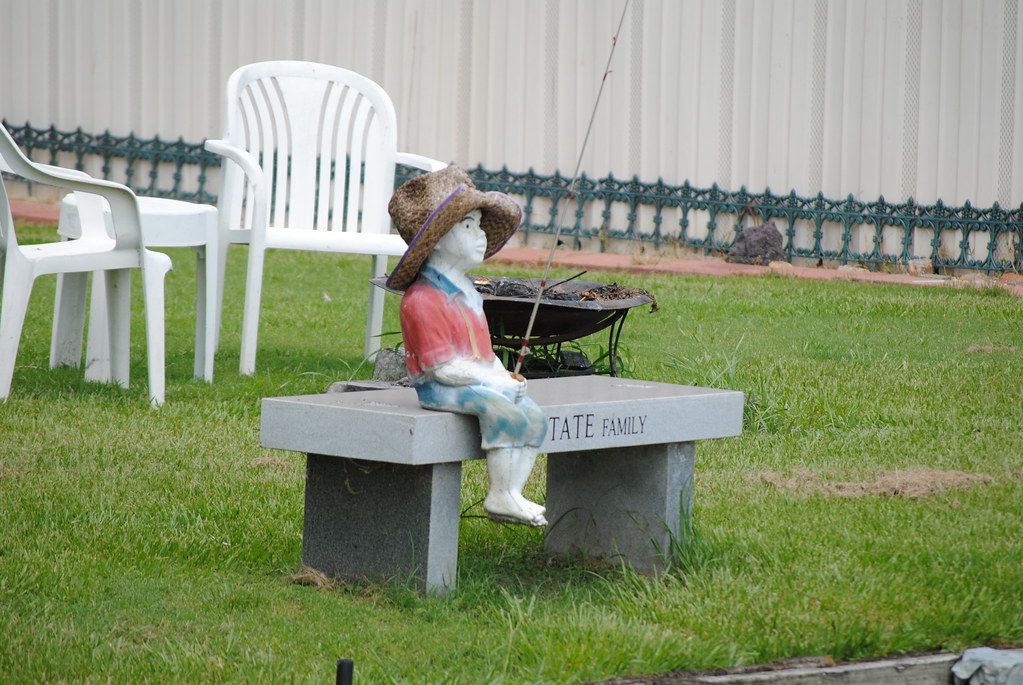The book, of course, spends a lot of time talking about White's redemptive journey from being a selfish, serial check-kiter to someone who is somewhat less selfish and very understanding of those who suffer from Hansen's Disease. (It's a fine book overall, but I was a little unconvinced of any deeper transformation.) More interesting to me were the bits he included about the facility itself.
The colony welcomed it's first patients in the 1890s. Unfortunately for the patients, moving to Carville was usually not their choice. Many were ripped from their homes as children, and lived their entire lives at the leprosarium. The stigma of Hansen's Disease is strong – a stigma that dates as far back as the Bible or beyond. In the beginning, most residents faced mandatory quarantine at Carville. Decades later, residents were given the option to leave. Most chose to continue to live at Carville – perhaps knowing that the outside world would not be accepting.
In 1921, the U.S. Public Health Service took control of Carville, and it became the National Leprosarium of the United States. In 1986, the facility became the Gillis W. Long Hansen's Disease (Leprosy) Center, named after a U.S. Congressman who advocated for those with Hansen's Disease. In the late 1990s, the center officially moved into Baton Rouge, although a museum remains. The rest of the grounds, as I understand it, are now primarily used by the Louisiana National Guard.
In the airport on the way home, I decided to look at a map. I had heard of Carville, and knew it was fairly close to Baton Rouge, but for some reason I thought it was on the other side of the river. I was surprised to see that not only is Carville on the same side of the river as me, but it was shockingly close to my house. In fact, when I recently rode the White Castle ferry, I needed only to take a left turn to see the compound. I knew immediately that I needed to do a blog post about it.
After doing some research the last couple of days, I decided to set out toward Carville this evening. Unfortunately the pictures are not my best work. The compound is completely fenced in and there is virtually nowhere to stop and take pictures. I was also a little flustered by the military police around. Nevertheless, here is what I saw.
Getting close.
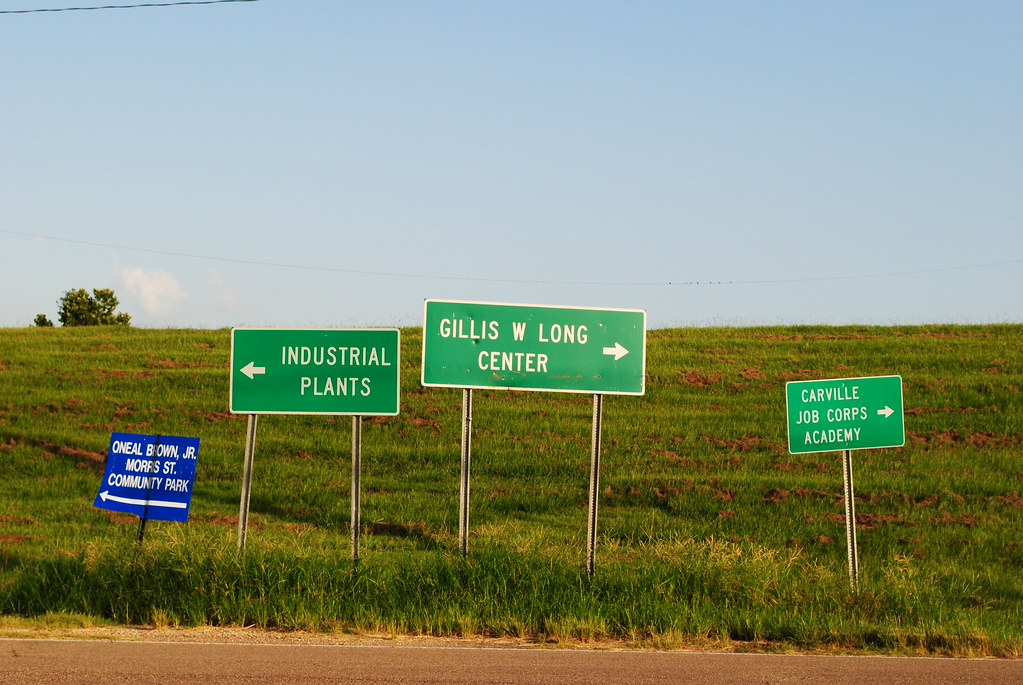
These photos are of Indian Mound Plantation, the sugar plantation that became the leprosarium.
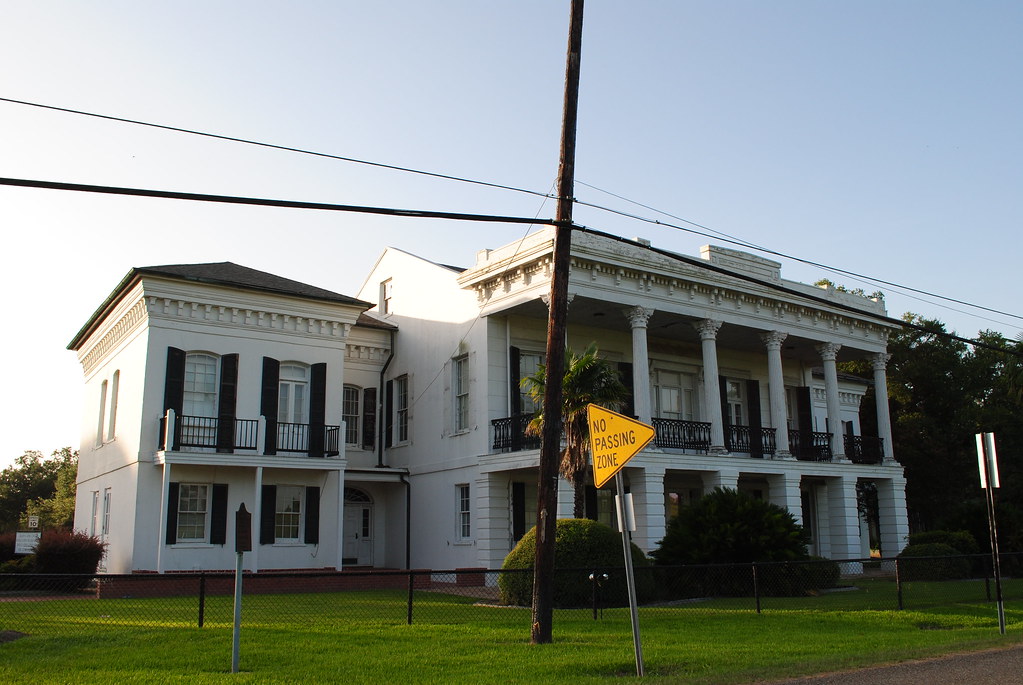


White discusses the Catholic Church located on the colony several times. I assumed this was it.
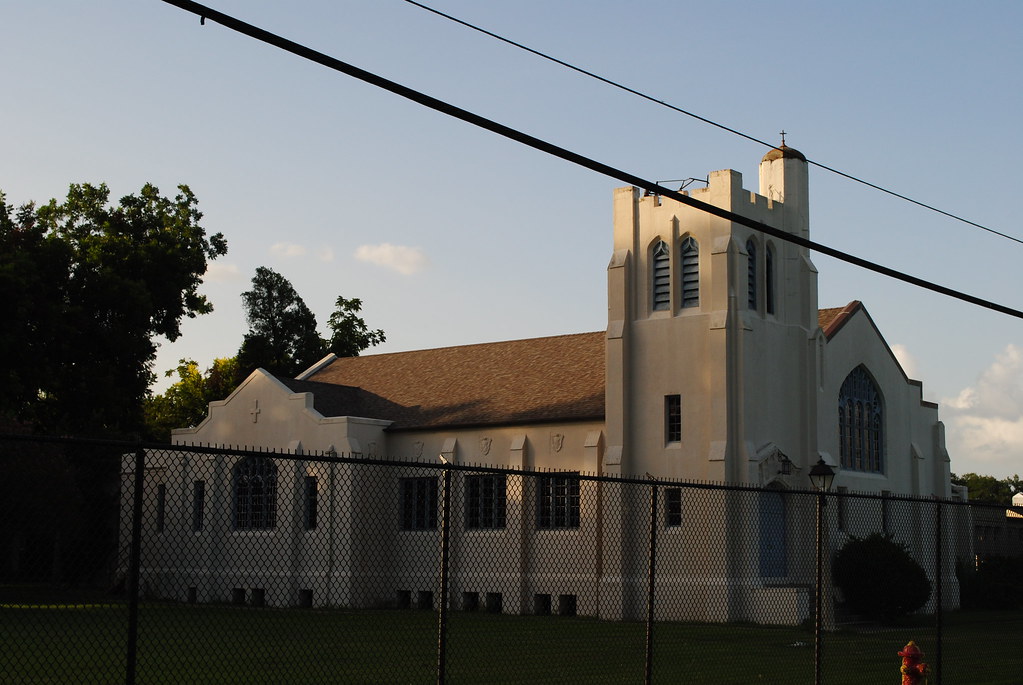
Note the covered walkway on the right. At one time, it was thought that avoiding sunlight was helpful to those with Hansen's Disease. Thus the covered walkways throughout the compound.
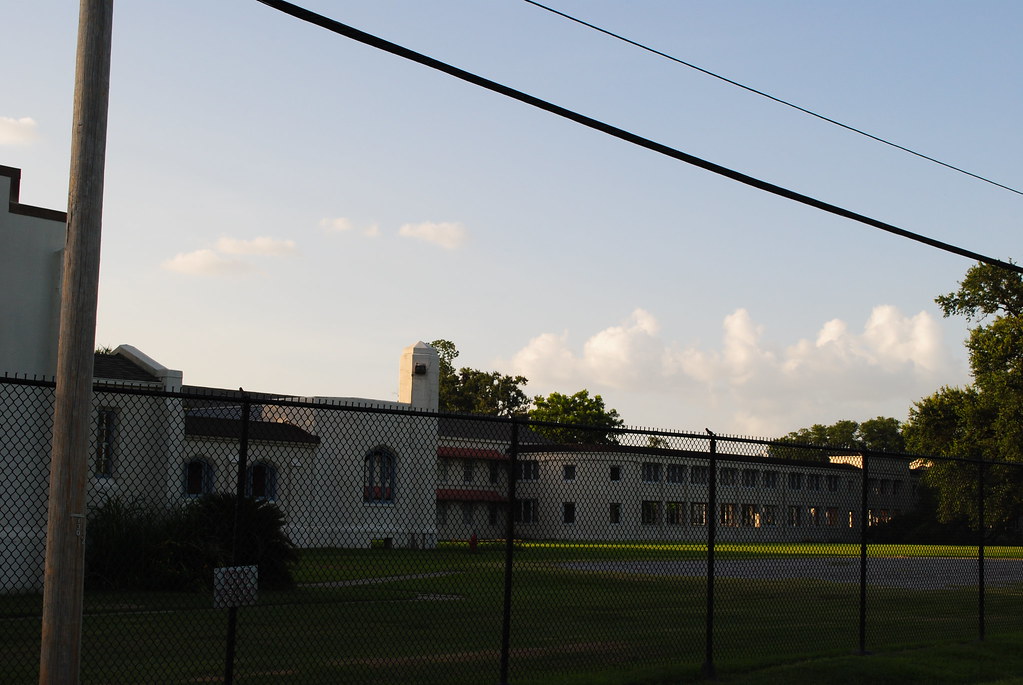
This appeared to be one of the dormitories. It may have been home to Hansen's Disease patients, federal convicts, or both.
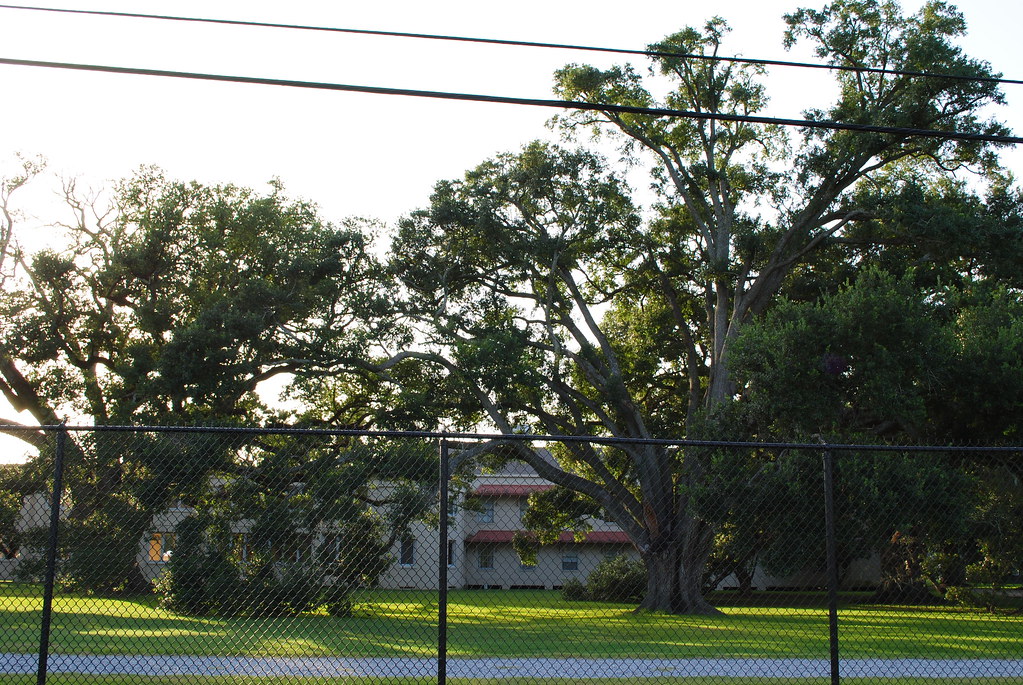
Although it was almost chilling for me to see these buildings in person, I know that these photographs may not satisfy your curiosity. More photos of the colony can be found here, if you'd like to learn more.
I've been jotting down ideas for more posts lately, just need to find time to get out and do the photography. Hope to do another post soon.
